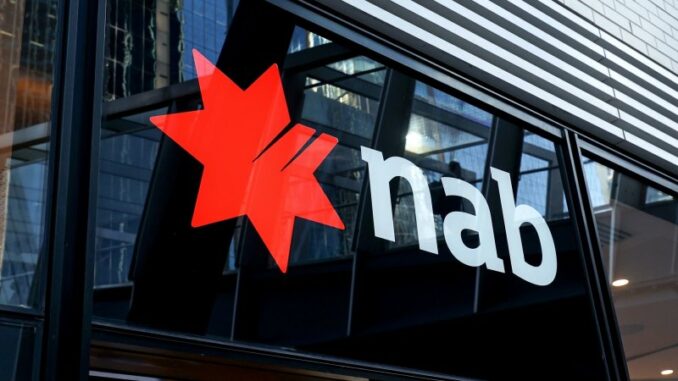
Save articles for later
Add articles to your saved list and come back to them any time.
The National Australia Bank has posted a sharp jump in profit, despite its boss highlighting challenges in its operating environment, including inflationary pressures, monetary policy tightening and an uptick in delinquencies.
On Thursday, NAB posted a cash profit of $7.7 billion, up 8.8 per cent on the previous financial year, but slightly short of consensus expectations of $7.8 billion.
NAB boss Ross McEwan said challenges in the bank’s operating environment became more evident as the 2023 financial year progressed.Credit: Louie Douvis
The bank announced a fully franked final dividend of 84 cents a share, compared with 78 cents a share in 2022.
NAB chief executive Ross McEwan said the bank’s financial results had softened, compared to the first half during a period of economic change.
“Challenges in our operating environment became more evident as the 2023 financial year progressed with the impacts of monetary policy tightening and inflationary pressures increasingly weighing on households and the economy,” he said.
NAB grew lending in its flagship business bank by 9 per cent and deposits by 8 per cent, underpinning a 22 per cent rise in underlying profit in the 2023 financial year.
However, McEwan said the bank “took a more measured approach to growth” in Australian housing this year with a focus on returns, with competition in home lending partly offsetting its margins.
NAB’s net interest margin – a measure of profitability that compares funding costs with what lenders charge for loans – increased by 9 basis points to 1.74 per cent, which the bank said reflected higher earnings and deposits and capital, amid the rising interest rate environment.
Excluding one-off items, NAB’s expenses increased 5.6 per cent, which the bank said primarily reflected higher personnel costs, including additional headcount and salary-related expenses, along with investments in technology including fraud prevention and cybersecurity.
NAB’s collective provision coverage – money set aside for loan losses – was maintained above pre-COVID-19 levels. Its credit impairment charges increased from $125 million to $802 million over the year which the bank said reflected volume growth and deterioration in asset quality.
NAB said there were “higher delinquencies across the group’s home loan and business lending portfolios”.
But McEwan said while the Australian economy was slowing, “it is proving resilient”.
On Wednesday, NAB was the first bank to raise interest rates on its variable home loans and some savings accounts by 0.25 per cent, following the Reserve Bank’s decision to raise the cash rate by 25 basis points.
More to come
The Market Recap newsletter is a wrap of the day’s trading. Get it each weekday afternoon.
Most Viewed in Business
From our partners
Source: Read Full Article
